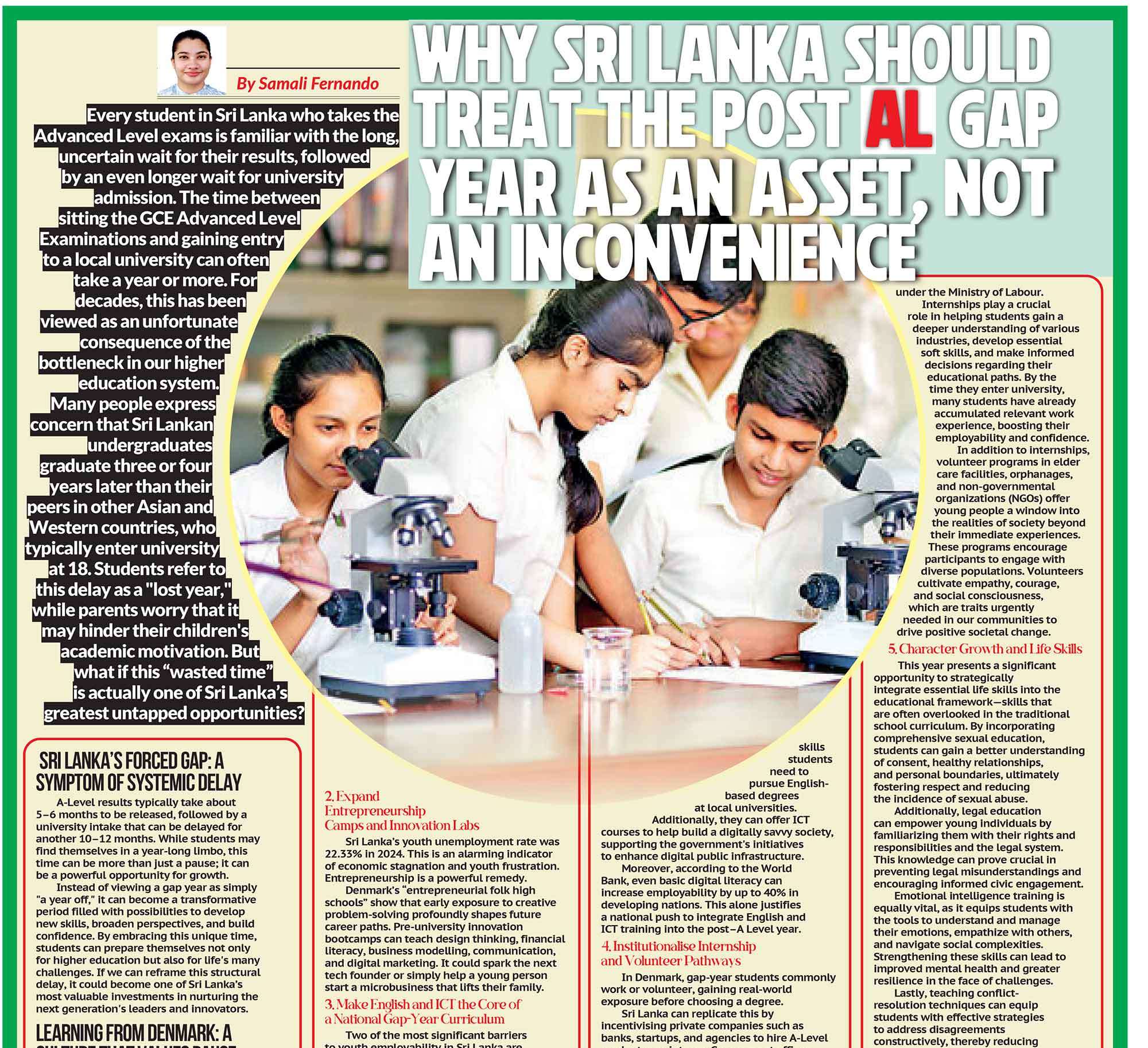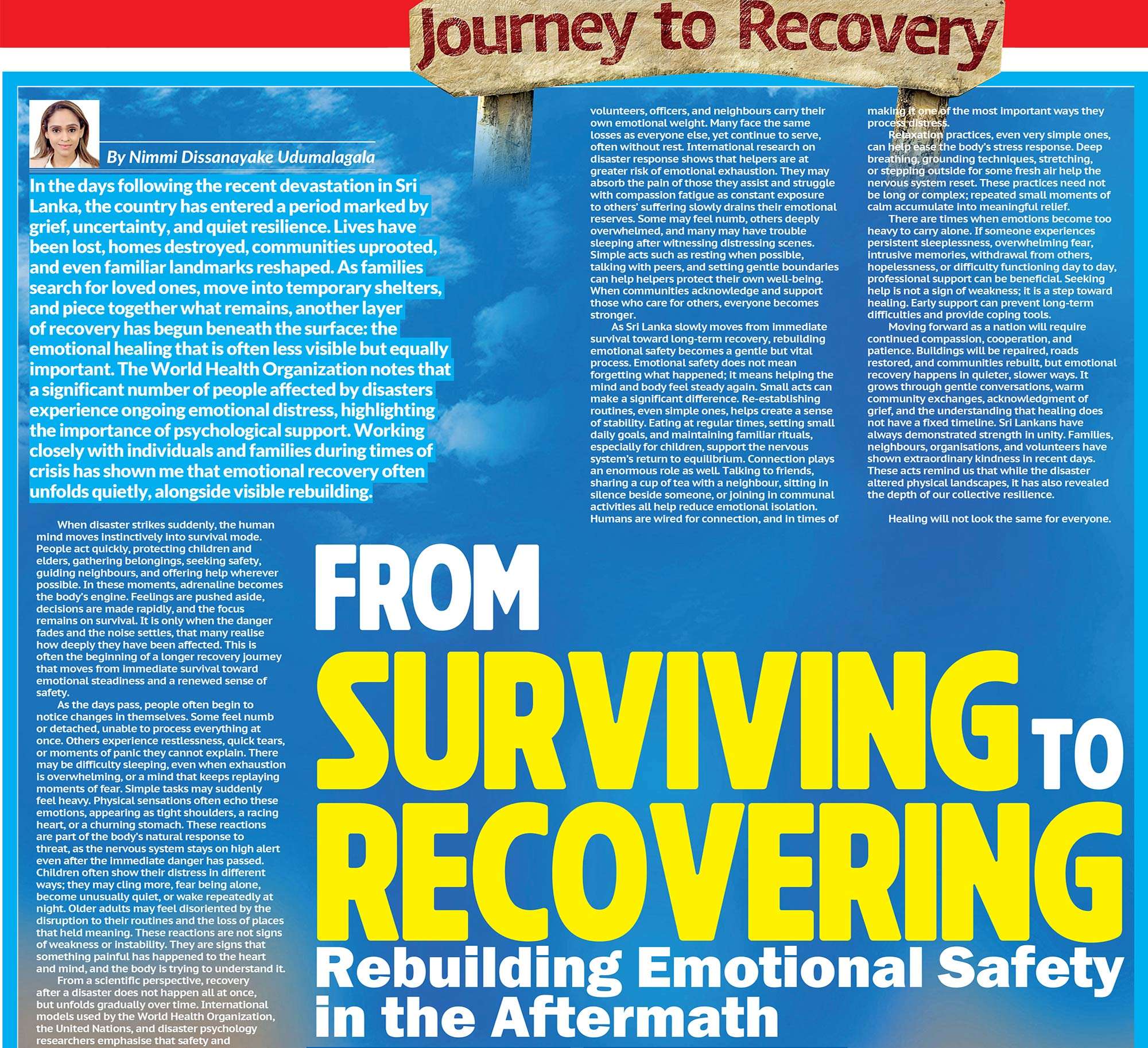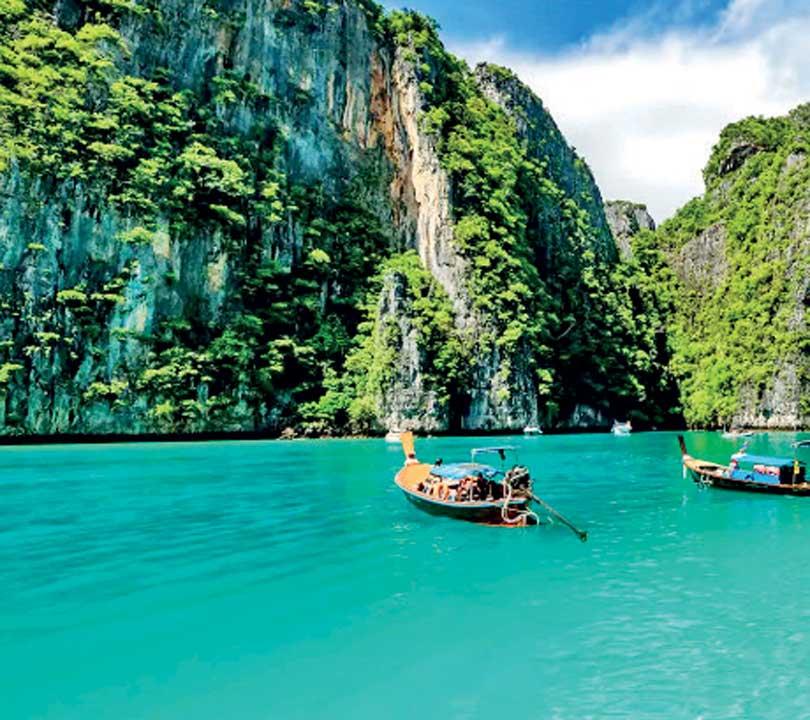

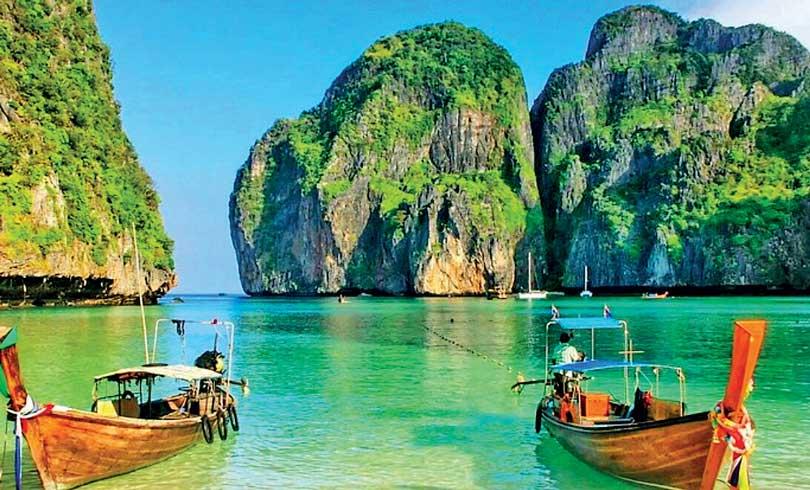
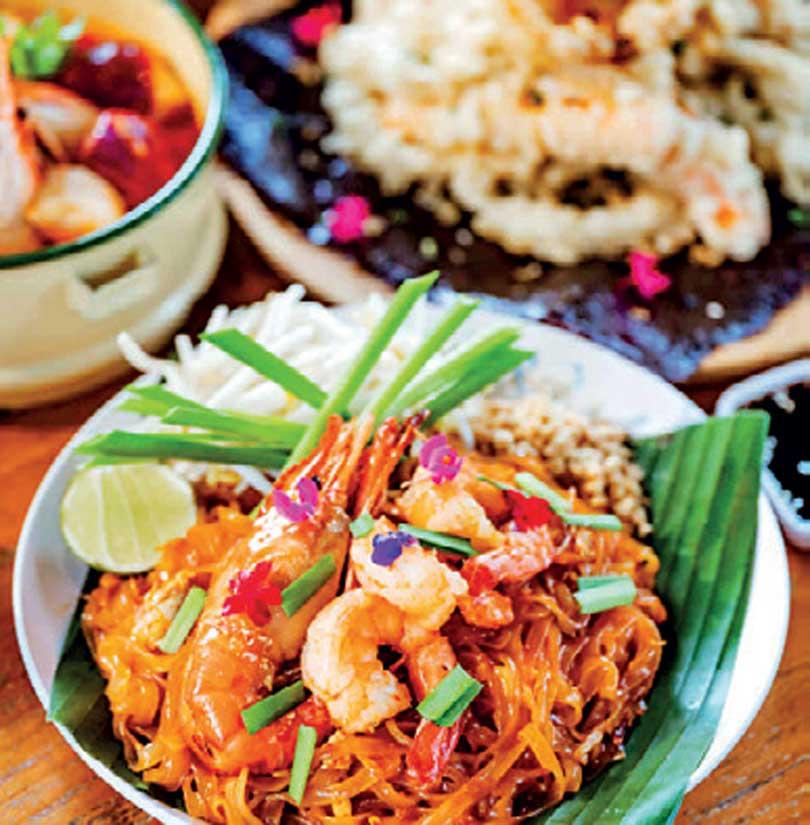
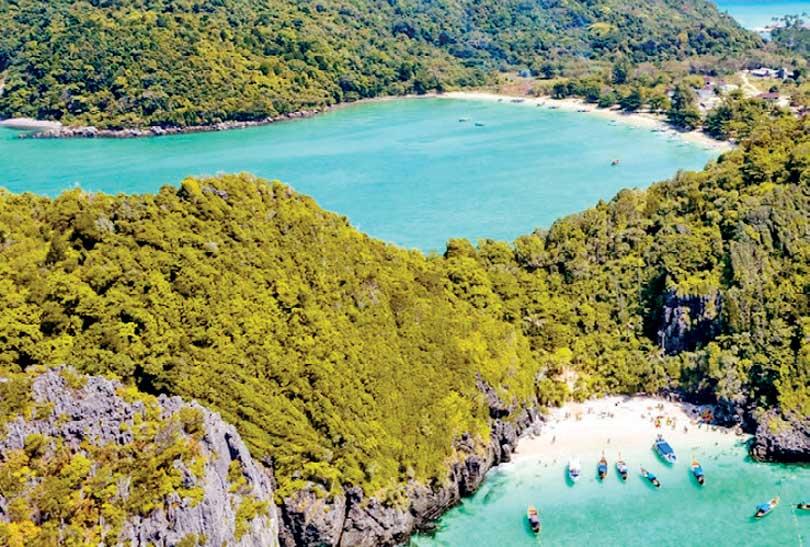
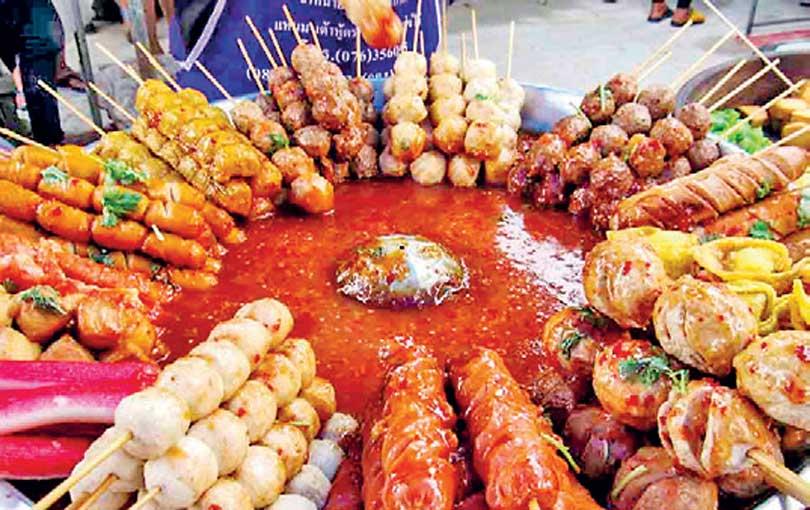
 There are places in the world that you visit and forget, and then there are places that live inside you forever. The Phi Phi Islands in Thailand belong firmly to the latter category. Rising dramatically from the turquoise waters of the Andaman Sea, these limestone cliffs, lush jungles, and golden beaches create a landscape so surreal that it feels like a dream you never want to wake up from.
There are places in the world that you visit and forget, and then there are places that live inside you forever. The Phi Phi Islands in Thailand belong firmly to the latter category. Rising dramatically from the turquoise waters of the Andaman Sea, these limestone cliffs, lush jungles, and golden beaches create a landscape so surreal that it feels like a dream you never want to wake up from.
But Phi Phi is not just about beaches and sunsets. It’s a story of resilience, transformation, and wonder a place that survived devastation, became a cultural phenomenon, and still enchants millions of travelers with its blend of natural beauty and vibrant life.
Imagine approaching by boat the sea stretches endlessly, a shimmering sheet of aquamarine. Suddenly, towering cliffs appear, their jagged forms cloaked in greenery, standing like ancient guardians of paradise. This is your first sight of Phi Phi Don and Phi Phi Leh, the two main islands that make up the Phi Phi archipelago.
Phi Phi Don, the larger of the two, is alive with villages, beach bars, and resorts. Phi Phi Leh, on the other hand, is uninhabited home to raw, untouched beauty and the world-famous Maya Bay, immortalized by the film The Beach.
It’s easy to see why so many travelers feel like they’ve stepped into a postcard. The scenery doesn’t just impress it overwhelms.
If Phi Phi has a crown jewel, it’s Maya Bay. Tucked into Phi Phi Leh, this bay is surrounded by sheer cliffs on three sides and a stretch of powdery white sand. When Leonardo DiCaprio starred in The Beach (2000), the secret was out. Overnight, Maya Bay became a global icon of paradise.
The surge in tourism was both a blessing and a curse. The crowds brought prosperity but also threatened the fragile ecosystem. In 2018, Thai authorities made a bold move they closed Maya Bay for several years to allow its coral reefs and marine life to recover. It reopened in 2022 under strict regulations, proving that even paradise needs time to heal.
Visiting now is a humbling experience you can still walk along its shores and swim in its turquoise waters, but with greater respect for the nature that sustains it.
Phi Phi’s story is not all sunsets and cocktails. In December 2004, the islands were devastated by the Indian Ocean tsunami. Waves taller than palm trees crashed through villages, destroying homes, businesses, and lives.
But what happened afterward is the real story. Locals, along with volunteers from across the world, came together to rebuild. Within a few years, Phi Phi was not only standing again it was thriving. Today, every restaurant, dive shop, and hotel is a testament to resilience, proof that paradise can rise even after tragedy.
What lies beneath Phi Phi’s surface is as captivating as what you see above. The islands are a diver’s dream, with coral gardens, hidden caves, and an abundance of marine life.
Snorkel in shallow bays, and you’ll find yourself swimming alongside parrotfish, clownfish, and sea turtles. Dive deeper, and manta rays or even whale sharks might glide past. One of the most famous dive spots, Shark Point, gives adventurous travelers the chance to spot harmless leopard sharks resting gracefully on the seabed.
The waters are so clear that it feels less like diving and more like floating through a giant aquarium except this one is real, alive, and breathtaking.
While Phi Phi Leh is untouched, Phi Phi Don is where life thrives. Here, you’ll find a fascinating mix of serenity and energy. On one side of the island, you can relax on Long Beach, where hammocks sway gently under palm trees and the sound of waves is your only soundtrack. On the other side, in Tonsai Village, the island bursts with life street food stalls, reggae bars, dive shops, and fire shows that light up the night.
The balance between stillness and celebration makes Phi Phi Don irresistible. You can spend the day kayaking through mangroves or hiking to a viewpoint, and then dance barefoot on the sand as lanterns float into the night sky.
Phi Phi isn’t only a feast for the eyes it’s a feast for the stomach too. Street vendors grill skewers of chicken and prawns, their smoky aroma filling the air. Bowls of steaming pad thai are served in minutes, while tropical fruits like mango, dragonfruit, and pineapple are sliced fresh before your eyes.
Seafood lovers are in paradise here. Beachside restaurants serve platters of lobster, crab, and squid, often caught the same day. Pair it with a cold coconut or a classic Thai iced tea, and you’re tasting the essence of the islands.
For the adventurous, try som tam (green papaya salad) a spicy, tangy dish that wakes up every taste bud. Eating in Phi Phi is more than dining; it’s experiencing Thailand’s spirit through flavor.
For all the beauty at sea level, the most breathtaking sight might come after a hike. The Phi Phi Viewpoint is a climb worth every step. From here, you can see the twin bays of Tonsai and Loh Dalum, their crescent-shaped beaches hugging the island like two arms.
At sunrise, the view is soft and ethereal, painted in shades of pink and gold. At sunset, it transforms into a fiery canvas of orange and crimson. Standing there, with the world stretched out below, you understand why so many travelers call Phi Phi their “happy place.”
When the sun dips into the sea, Phi Phi changes rhythm. Fire dancers spin flaming torches on the beach, music thumps from bars, and the island becomes alive with celebration. But this isn’t the kind of nightlife you’ll find in Bangkok or Phuket. Here, it feels personal, dancing barefoot in the sand, sharing drinks with strangers who quickly become friends.
Whether you prefer a quiet cocktail watching the waves or a wild beach party under the stars, Phi Phi’s nights offer something for every mood.
What makes Phi Phi so unforgettable isn’t just its scenery it’s the feeling it gives you. It’s the boatman who points out secret coves, the vendor who smiles as they hand you fresh mango, the dive instructor who shares stories of the sea. It’s the sense that here, life is simpler, slower, and more connected to nature.
Even with all its fame, Phi Phi has kept its soul. It’s still the place where you can lose track of time, where every sunset feels like the best you’ve ever seen, and where you leave a piece of your heart behind.
In a world filled with tourist destinations, the Phi Phi Islands stand out because they don’t just show you beautythe y make you feel it. They remind you that paradise exists, not as a fantasy, but as a living, breathing place where cliffs rise from the sea, coral gardens bloom underwater, and every horizon looks like a painting.
Phi Phi is not perfect it has faced challenges from over-tourism and natural disasters. But perhaps that’s what makes it so special. It’s a paradise that endures, adapts, and continues to inspire.
If Venice has its canals and Paris its lights, then Thailand has Phi Phi a place that feels like a dream turned real. Whether you’re diving with sharks, eating spicy papaya salad on the beach, climbing to the viewpoint, or simply watching the sun melt into the Andaman Sea, Phi Phi gives you moments you’ll carry for a lifetime.
In the end, that’s what travel is all about not just seeing places, but feeling them. And when you feel Phi Phi, you’ll know you’ve touched paradise.







